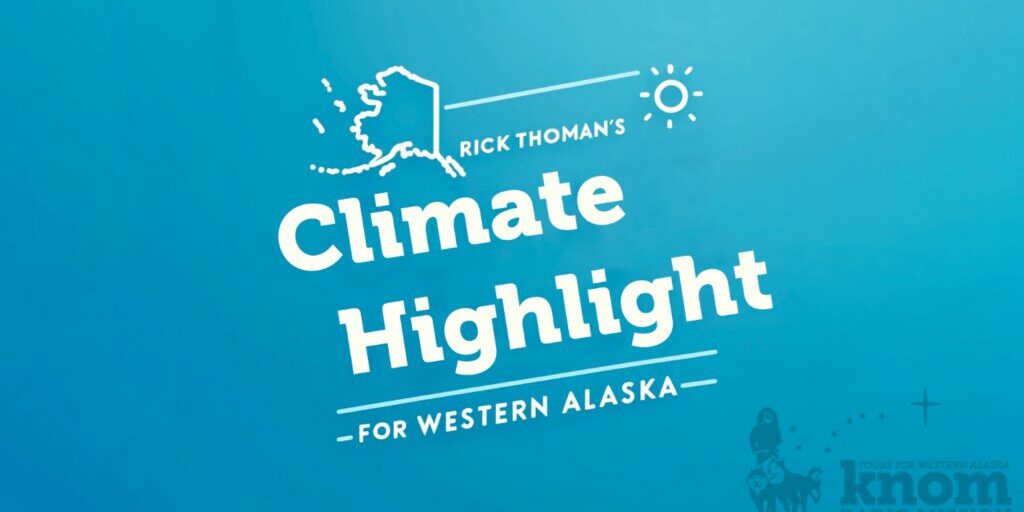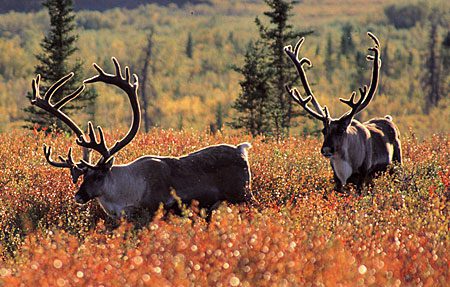NOAA's Climate Prediction Center has issued the outlook for September, and it calls for increased chances of cooler than normal temperatures, mostly due to below normal sea surface temperatures around the northern and eastern Bering Sea.
Precipitation is only very slightly favored to be above normal. For reference, the average high temperature in September at Nome is 49 degrees, the average low 37. Temperatures have varied over the decades from as high as 71 in 1979 to as low as nine above in 1992.
September is the last month of the western Alaska rainy season, averaging a bit over two inches total, though in past years, September precipitation has ranged from seven and a half inches in 1986 to as low as just six hundredths of an inch in 2008.
While the first snow flurries of the season typically occur in September, accumulating snow occurs only about one year in three. The earliest accumulating snow on record in Nome is September 3, when about a quarter inch fell in 1986. Of course, snow in September is much more common across the higher elevations of the Seward Peninsula.







